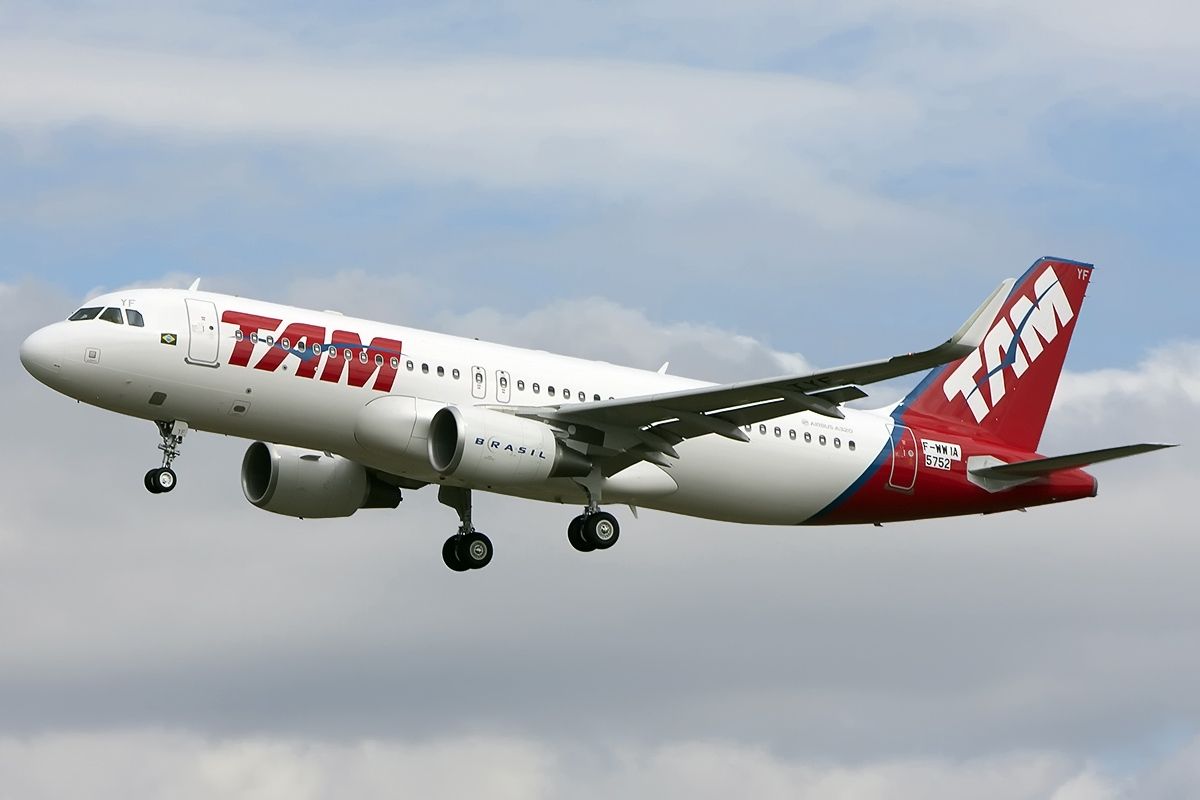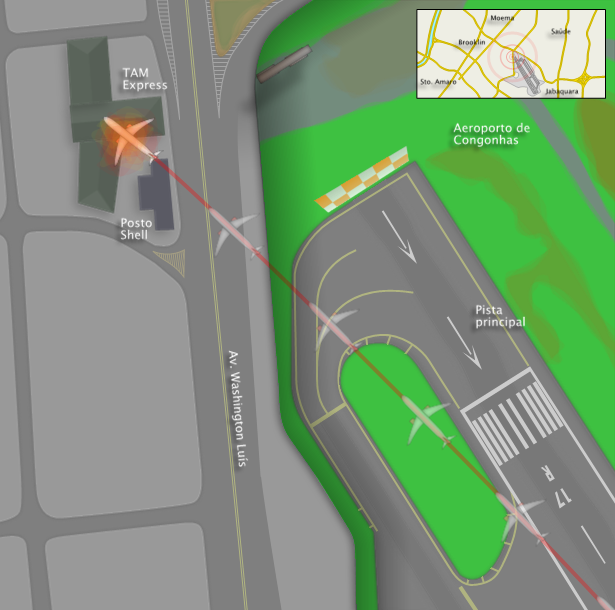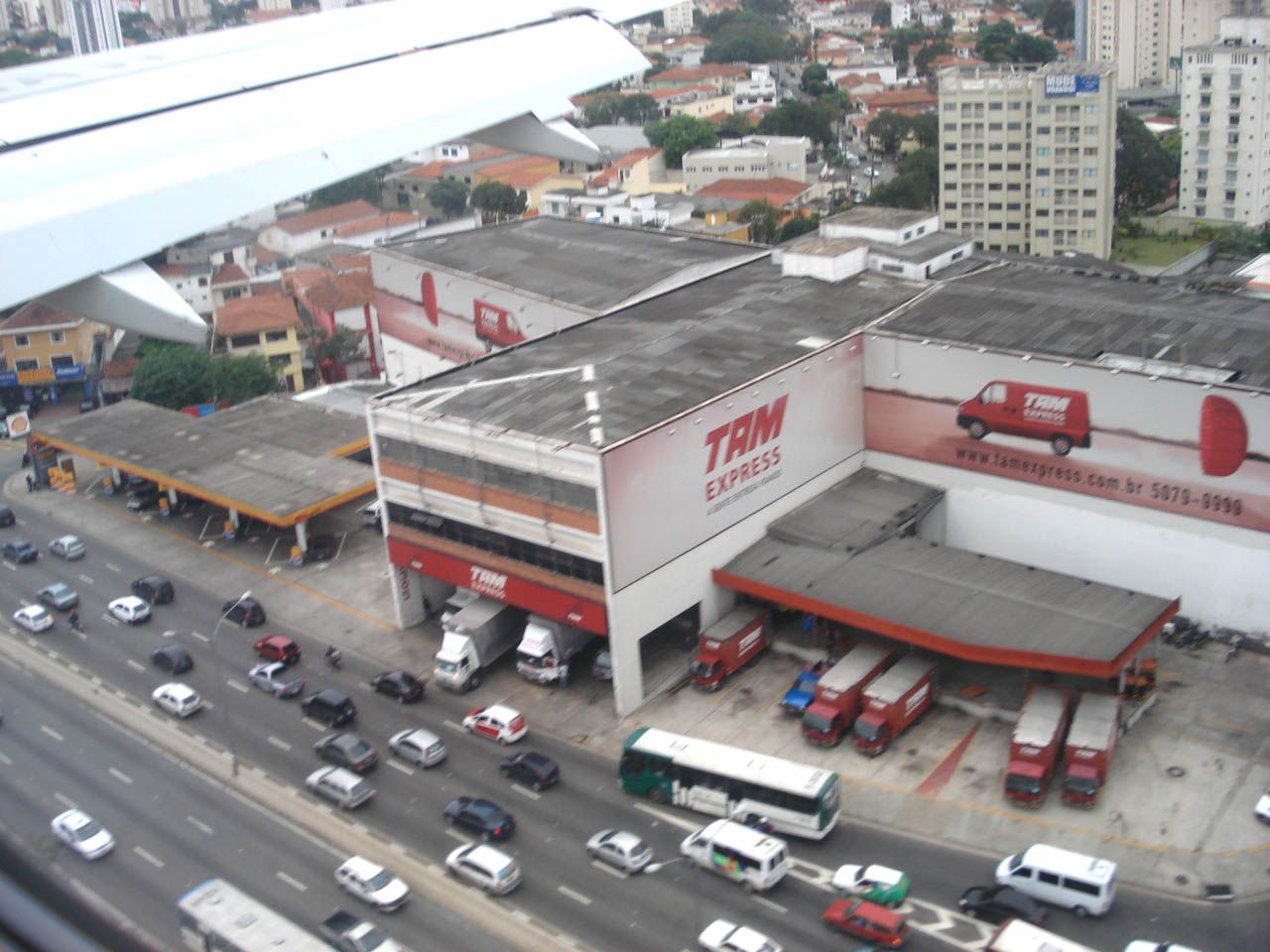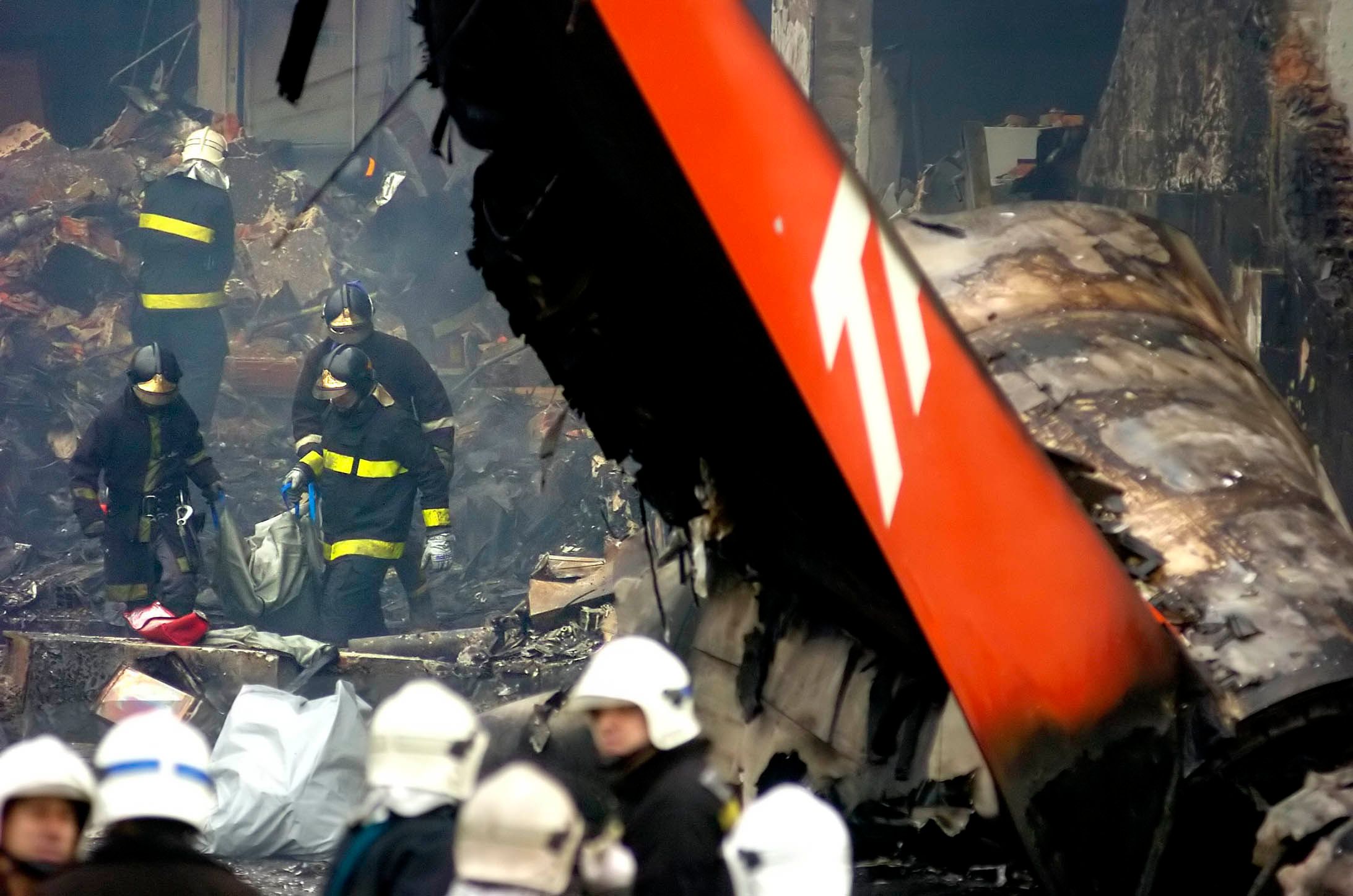Exactly 15 years ago today, a regularly scheduled TAM Airlines Airbus A320-200 flight between Porto Alegre and São Paulo crashed while landing, killing all 187 passengers and crew. TAM Flight 3054 departed Salgado Filho Porto Alegre International Airport (POA) at 17:19 for the one-hour thirty-minute flight to São Paulo-Congonhas Airport (CGH).
In accordance with the Minimum Equipment List (MEL), the aircraft was operating with the number two engine reverser deactivated. Up to the moment of the landing, the flight was uneventful other than the fact that the crew had to make a few deviations to avoid bad weather.
The runway was wet and slippery
According to information provided by controllers in the tower at São Paulo, flights that had landed on runway 35L earlier reported the runway as being wet and slippery. Earlier in the year, both runways at Congonhas underwent work to correct surface irregularities and gradient problems to prevent water accumulation. However, the airport authorities decided to open the runway to traffic before the grooving could be completed.
When the nine-year-old Airbus touched down at 18:54 local time, it had a speed of 142 knots. As per Airbus instructions, the crew followed guidelines for landing with a deactivated reverse thruster. The guidelines said that an additional 180 feet of runway were required for this type of landing if it was wet or slippery. The crew of TAM Flight 3054 failed to calculate this into the landing of the aircraft. The crew also failed to deploy the ground spoilers, significantly affecting the plane's braking abilities and the distance needed to bring the aircraft to a stop. In addition, the auto brake function was not activated because the opening of the ground spoilers is a prerequisite for such activation.
The number two engine was not set to idle
When the nose gear touched down 2.5 seconds after the main landing gear, the number one engine thrust lever was moved to the "REV" position. By doing this, the auto thrust function of the plane was disconnected, leaving the number two engine actively proving thrust.
Six seconds after landing, the brakes were activated via the pedals. The flight data recorder (FDR) also revealed that the pilots also used the rudder to stop the aircraft from veering to the left.
The aircraft failed to stop and overran the runway, crossing over Washington Luís Avenue and crashing into a TAM Express warehouse adjacent to a Shell filling station. All 187 passengers and crew died in the subsequent explosion, along with 12 people on the ground.
The crash remains the deadliest incident involving an Airbus A320 and the second-deadliest air disaster involving the A320 family of jets after the bombing of Metrojet Flight 9268 in Egypt in October 2015.
Stay informed: Sign up for our daily and weekly aviation news digests.
The investigation into TAM Flight 3054
More than two years after the accident the Brazilian Centro de Investigação e Prevenção de Acidentes Aeronáuticos (CENIPA) issued its final report. The investigation revealed that one of the thrust levers, which should have been in the idle position, was in a position to accelerate. The report was inconclusive about whether this was a mechanical failure or human error.
Given that the odds of it being a mechanical failure were one in 400 billion flight hours, the likelihood was that the pilot in charge of the landing had deviated from the flight manual and that human error was to blame for the crash. The report also criticized the airport for the absence of grooving on the runway contributing to the accident.


.gif)


